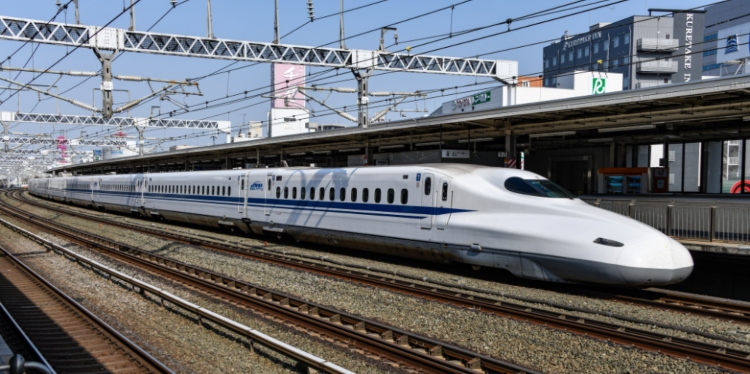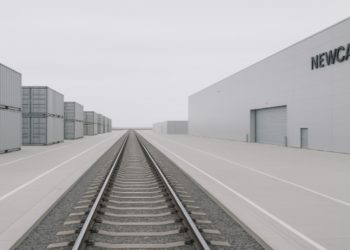Railway transportation and equipment have come a long way since their humble beginnings. From steam locomotives and horse-drawn trams to innovative technologies such as Hyperloop and high-speed trains, this mode of transportation has evolved endlessly to meet user demands.
As it evolves, railway transportation shapes economies, connects places and people and prioritizes sustainable and efficient transportation. Railroads started like most of the ideas and inventions in ancient Greece. This idea was lost in time. However, it debuted in the 1550s. This paved the way for the latest rail system that transports people, goods, and services across the world.
Just like the internet has impacted every industry, so has railway transportation. Let’s go through the evolution of railway transportation and equipment.
The Ancient Origins of Guided Transportation
The idea of tracked roads with channels shaped into stone blocks for wheeled transportation vessels is ancient. It dates back at least 20 centuries. Civilizations such as the Roman Empire, Malta, and Greece recognized the benefits of guiding wheeled transportation vessels along these grooves, leading to reduced maintenance and enhanced efficiency. Evidence of these rail lines can be found at ancient sites in Italy and Greece.
The metal rails made their first appearance in the 1760s by the UK’s Coalbrookdale Company, paving the way for modern rail welding equipment. Cast iron plates were installed on top of wooden rails, improving load-bearing capacity and durability.
Advent of Steam Locomotives
The first steam locomotive was established in 1812, popularly known as Matthew Murray’s locomotive. Significant advancements were made by George Stephenson in 1825, resulting in the first steam locomotive to operate on a public railroad.
Across the 19th century, railways grew rapidly globally, linking industries and cities throughout North America, Asia, and Europe. Railways became an important transportation infrastructure, fostering:
- Social cohesion
- Urban development
- Economic growth
Advancements in High-Speed Rail and Equipment: Meeting Speed Needs
The 20th century witnessed more advancements in the railway industry. Inventions and equipment of the 19th century paved the way for the latest locomotives and tools, including rail welding equipment type CR65, electric trains, and more. With technologies like Hyperloop and Maglev, railway transportation has seen the introduction of groundbreaking concepts and ideas.
Maglev is already in use, while Hyperloop is still being researched. Groups and companies are actively testing and researching Hyperloop technology. Commercial implementation is yet to be realized since the technology is still in the development phase.
David Prior
David Prior is the editor of Today News, responsible for the overall editorial strategy. He is an NCTJ-qualified journalist with over 20 years’ experience, and is also editor of the award-winning hyperlocal news title Altrincham Today. His LinkedIn profile is here.













































































